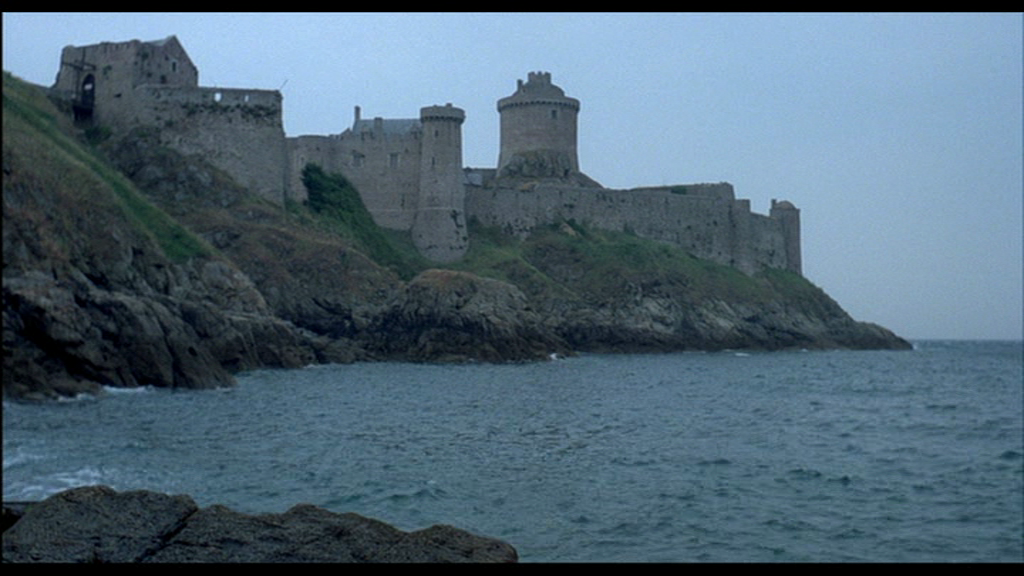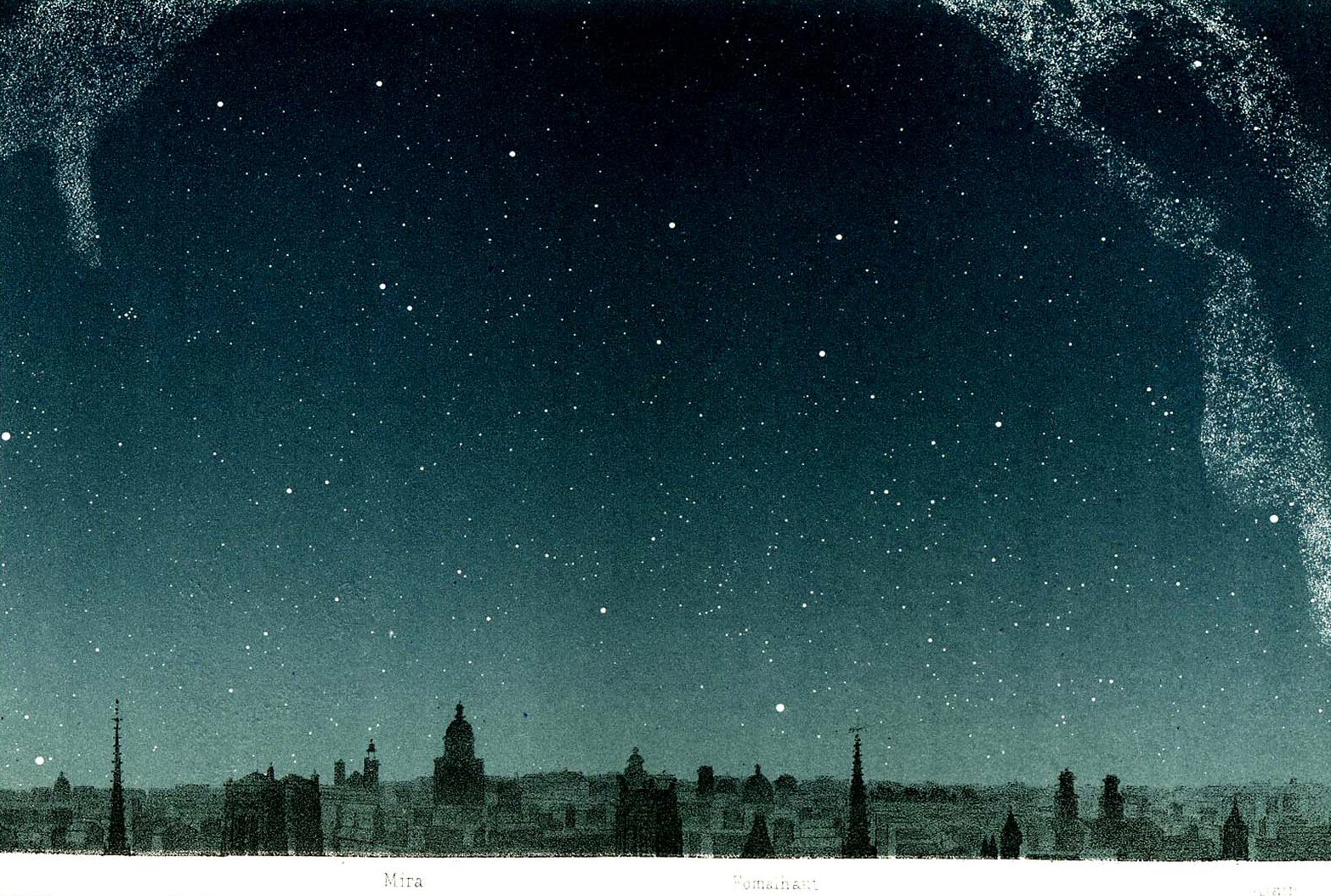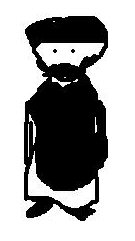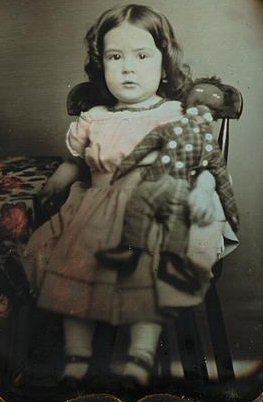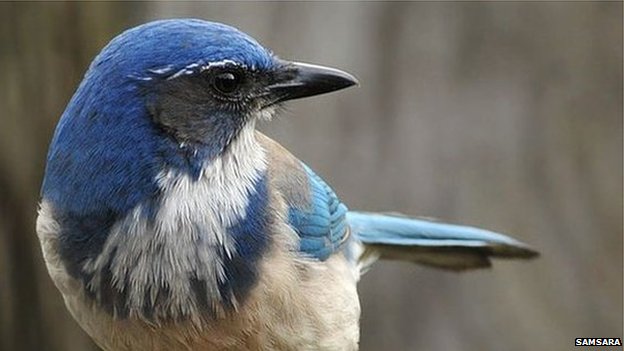The left lung of the tyrant collapsed on the morning of the fourth. At midday, a satrap in gorgeous uniform sparkling with embedded gems appeared on the balcony to make an announcement. It was imperative, he said, reading from a hastily drafted statement, that tyrannical human pneumatics become the proper study of every citizen. By the evening, fat textbooks had been printed and bound and consignments ferried to every city and town and village and hamlet in the land.
So rapid was the response of the satraps that the textbooks were not proofread. A number of errors, many trivial but some calamitous, were thus allowed to stand. But the book bore the tyrant’s imprimatur and could not be questioned. As a result, every citizen gained a flawed understanding of tyrannical human pneumatics.
The tyrant, meanwhile, had been placed inside a nylon tent. A wheezing pump imitated the action of a working tyrannical human lung. The pump was operated by hand, in case of a loss of electrical power caused by the evil machinations of revolutionary scum. Pumpers were drawn from lists maintained by one of the satraps. They worked one hour shifts, and during their rest periods were penned in an anteroom.
By the morning of the fifth, embroidered lapel accoutrements bearing a three-coloured image of the collapsed tyrannical lung had been issued to all citizens, to be displayed on their outer tunics. In certain hotbeds, several persons were shot for failure to wear them. After execution, the left lungs were torn out of the corpses and hung on gibbets in the town squares. This had a salutary effect on the populace, even in the hotbeds.
The first public examination on tyrannical human pneumatics took place at midday on the fifth in the remote town of Sand. It was conducted orally, and tape recorded. Those gaining top marks were taken by sealed train to the capital. A gang of revolutionaries attempted a derailment of the train on the outskirts of Gorse. Brave conduct by the train conductor, and foolish felled log deployment by the scum, brought their nefarious schemes to nought. They were hanged in a barn and their left lungs torn from their corpses and burned on a bonfire by the loyal peasants of Gorse.
The tyrant was told of the narrowly averted derailment. He was as yet unable to speak, but he blinked significantly. The blinks were interpreted and converted into text by a satrap. Plans to have the text declaimed from the balcony were put on hold. It was considered best to wait until after the next day, the sixth, which was Flag Day.
On arrival in the capital, the top scoring tyrannical human pneumatics examinees were taken from the sealed train in sealed trams to the National Archives. Here they stood behind glass to watch as the tape recordings of the examinations were placed on the register and locked in a special bomb-proof cabinet. They were then given a snack in the canteen.
Late in the afternoon of the fifth, Grimes “the Wolfman”, leader of the revolutionaries, was arrested in a jungle clearing. He was spirited to the capital by way of the subterranean pulley-car system. Intelligence reports hinted that he had unparalleled expertise in human pneumatics, a field closely related to tyrannical human pneumatics. Bound in chains, he was taken to a sealed room in the palace, to where the examinees from Sand were also brought once they had digested their snacks in the National Archives canteen.
The sixth was Flag Day. The weather was such that artificial winds were needed to make the flags and standards and pennants billow. Further pumpers had to be recruited from the satrap’s list to ensure sufficient numbers for both the tyrant’s lung pump and the artificial wind contraptions. For a while it was touch and go, until a keen-eyed under-satrap found a supplementary list which had been misfiled in a filing cabinet. He was given a medal, a gorgeous disc of brass embedded with gems that sparkled in the sunshine.
Grimes “the Wolfman” was undergoing a tormented moral struggle between his revolutionary principles and his professional pride as an expert in human pneumatics. The examinees from Sand stood gazing at him with the imploring moon-eyes of calves. Some let tears roll slowly down their cheeks, but did not overdo the sobbing lest Grimes thought they were making use of freshly chopped onions behind his back. Behind a panel, certain satraps discussed the pros and cons of an amnesty for Grimes. It was a heated discussion.
On the morning of the seventh a puncture in the left lung of the tyrant was repaired and the lung was reinflated. He was fed from a bowl of slops. Several satraps were executed and their left lungs torn out and kicked through the broad boulevards of the capital by cheering citizens. Grimes shaved off his beard and was given a satrapage and a gorgeous uniform sparkling with embedded gems. A fleet of aeroplanes sprayed the jungle with defoliant. The area was then covered with cement as far as the eye could see. The examinees from Sand were appointed as tyrannical human pneumatics emergency pumping supervisors and given vouchers and bungalows. A second edition of the fat textbook was issued, with corrections. The tyrant appeared on the balcony, propped up by a concealed prop, and waved to the teeming masses.
On the morning of the eighth, the right lung of the tyrant collapsed.

